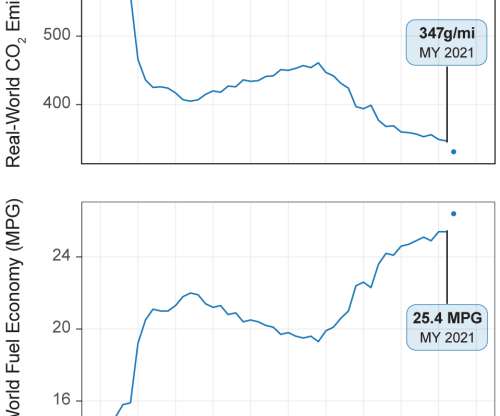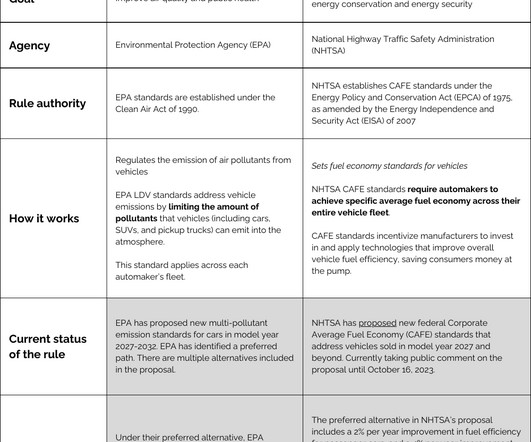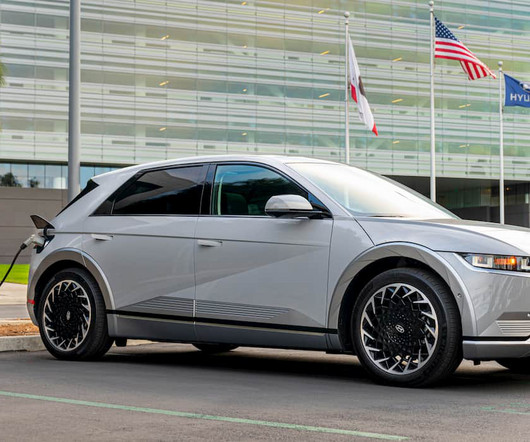EPA trends report finds MY 2021 fuel economy remained flat at a record high while CO2 levels hit new low
Green Car Congress
DECEMBER 13, 2022
miles per gallon (mpg), and new vehicle real-world CO 2 emissions fell by 2 g/mi to a record low of 347 grams per mile (g/mi). Overall, advancements in technology are helping industry reach these carbon reduction achievements. Estimated real-world fuel economy and CO 2 emissions. Source: EPA. Source: EPA.







































Let's personalize your content